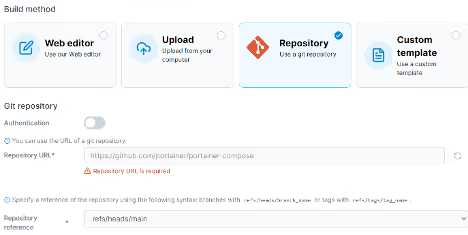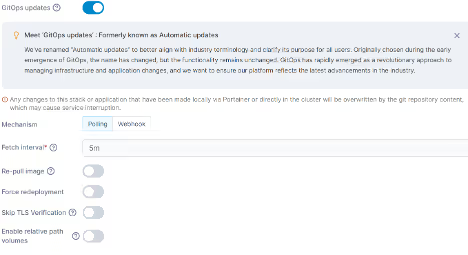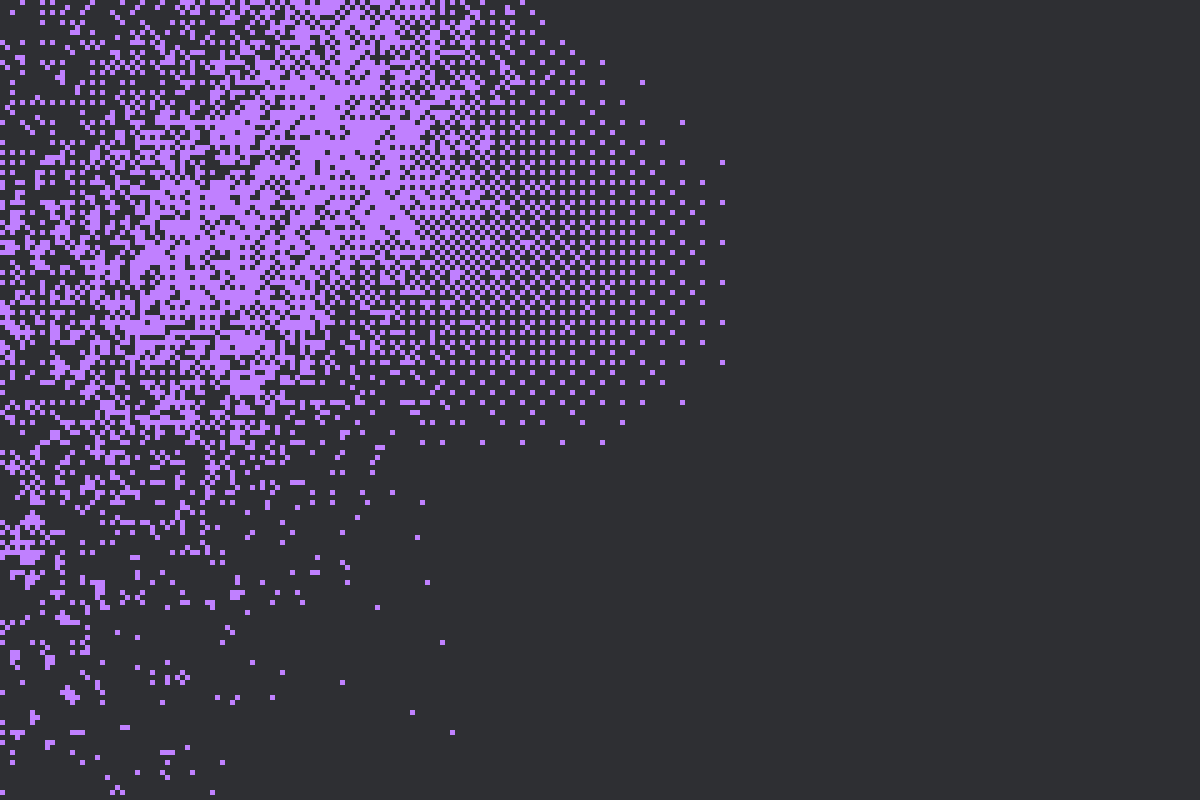GitOps is a recommended operational framework by various compliance standards for implementing infrastructure and overall development methodologies. This framework utilizes DevOps practices for effective infrastructure management. Leveraging GitOps tackles compliance concerns by monitoring systems and introducing rollback to previous versions in case of unexpected failures in newly deployed environments.
In this article, we will delve into the fundamental concepts of GitOps. The goal is to offer an overview of these concepts, providing clear and insightful explanations. Furthermore, we will demonstrate how Portainer facilitates the implementation of GitOps by equipping you with essential tools for collaboration, monitoring, version control, and IAM built into a single platform.
What is GitOps?
Complying with standards such as the General Data Protection Regulation (GDPR) requires establishing strong mechanisms, security protocols, and routines to ensure the constant protection of user data. Before fortifying your cloud applications against security vulnerabilities, it is crucial to ascertain that your infrastructure provides a secure hosting environment.
A host machine or environment with vulnerabilities risks all your applications and components. Exploiting and infiltrating the infrastructure can significantly impact more than targeting a single application. To ensure reliable security, it is crucial to establish a strong foundation, starting with infrastructure. This entails securely configuring and consistently maintaining host machines, cloud platform resources, and other infrastructure components.
GitOps encompasses practices that harness automation, version control, continuous integration/continuous delivery, auditing, compliance, version rollback, and collaboration to manage and maintain infrastructure. By utilizing iterative automation, GitOps enables flexible scaling of cloud infrastructure. Automating infrastructure tasks facilitates application deployments while safeguarding against infrastructure component failures or limitations.
To enable the implementation of GitOps, the following are requirements:
- Infrastructure as Code (IaC)
- IaC allows you to store and track infrastructure specifications, like pod quantities, in code using Git. This approach compels you to programmatically define the components of your infrastructure, ensuring greater control and efficiency.
- Pull Request Reviews
- Collaboration plays a vital role in fostering teamwork like DevOps does. In the GitOps workflow, it is paramount for developers to meticulously review and discuss pull requests before integrating them into the infrastructure codebase. This practice guarantees the utmost code quality and facilitates effective developer teamwork.
- CI/CD pipelines
- GitOps takes advantage of continuous integration and deployment pipelines to automate critical tasks. By utilizing CI/CD, it assesses the value of changes before merging and deploying them, achieving an efficient workflow.
- Automation
- At the heart of GitOps lies a fundamental principle: utilizing tools and scripts to manage and deploy infrastructure and applications using Git repositories of code. By automating these processes, we ensure consistency, reliability, and repeatability in deployments. This approach enhances the overall quality and efficiency of managing our infrastructure and applications.
- Version Control
- Version control systems play a crucial role in GitOps, enabling comprehensive tracking of changes in configuration, infrastructure, and application code. This meticulous monitoring, coupled with maintaining
- Auditability
- Git utilizes version-controlled configuration and automated processes to improve adherence and compliance. Each modification is meticulously logged, creating a seamless record of changes, all while ensuring alignment of infrastructure and applications with regulatory and security standards.
- Rollback and Forward
- GitOps empowers efficient rollback and roll forward maneuvers, swiftly returning to a known state in case of issues or errors. This guarantees system stability. Roll forward, on the other hand, enables progression towards desired states through controlled code modifications.
- Collaboration
- Git is a robust platform for teams to collaborate on code modifications, configurations, and infrastructure definitions. By employing effective collaboration tools and processes, teams ensure a shared understanding, leading to shorter development cycles and the production of high-quality code.
How to Resolve Compliance Issues Leveraging Portainer GitOps
To fully unlock the potential and maximize the benefits of GitOps, it is crucial to have a platform that facilitates the implementation of the concepts discussed earlier. Portainer offers a suite of tools designed specifically for GitOps. With Portainer, you can access a range of powerful including RBAC, automation, visibility, and more.
Below are a few examples of how Portainer delivers on the GitOps promise.
RBAC: Portainer provides precise access control to your Kubernetes platform and container runtime environments, ensuring the security of your infrastructure. Role-based access control (RBAC) is crucial in managing access to infrastructure components and configurations. With Portainer, you can effortlessly create teams for individuals with similar roles, simplifying the process. Moreover, Portainer integrates with LDAP, Microsoft AD, and other authentication providers, offering a seamless authentication experience. For instance, you can establish a group for junior developers, granting them read-only roles for infrastructure management.
GitOps automation: Portainter connects with your Git repository, allowing for automation of application deployment to your Kubernetes clusters and container environments by leveraging IaC configurations. With Portainer, you effortlessly poll your repository for updates or trigger deployment through an integrated webhook, ensuring smooth pipeline integration.

GitOps updates and monitoring solutions: GitOps embraces the practice of comprehensive auditing, which enables scanning and analyzing logs to discern the root cause of any encountered issues.
Portainer offers an out-of-the-box view of the following:
- Container logs
- Authentication logs
- Event lists
These logs offer sufficient information to initiate event auditing. Moreover, Portainer ensures you stay informed by monitoring and notifying you about significant GitOps operations. With this, you can stay current and take necessary actions.

Conclusion
GitOps embodies a contemporary, Git-centric methodology for managing infrastructure and applications. Leveraging auditing, rollback, and roll forward strategies safeguard the software delivery and infrastructure maintenance processes. Embracing these interconnected concepts empowers organizations to achieve operational agility, reliability, and compliance.






